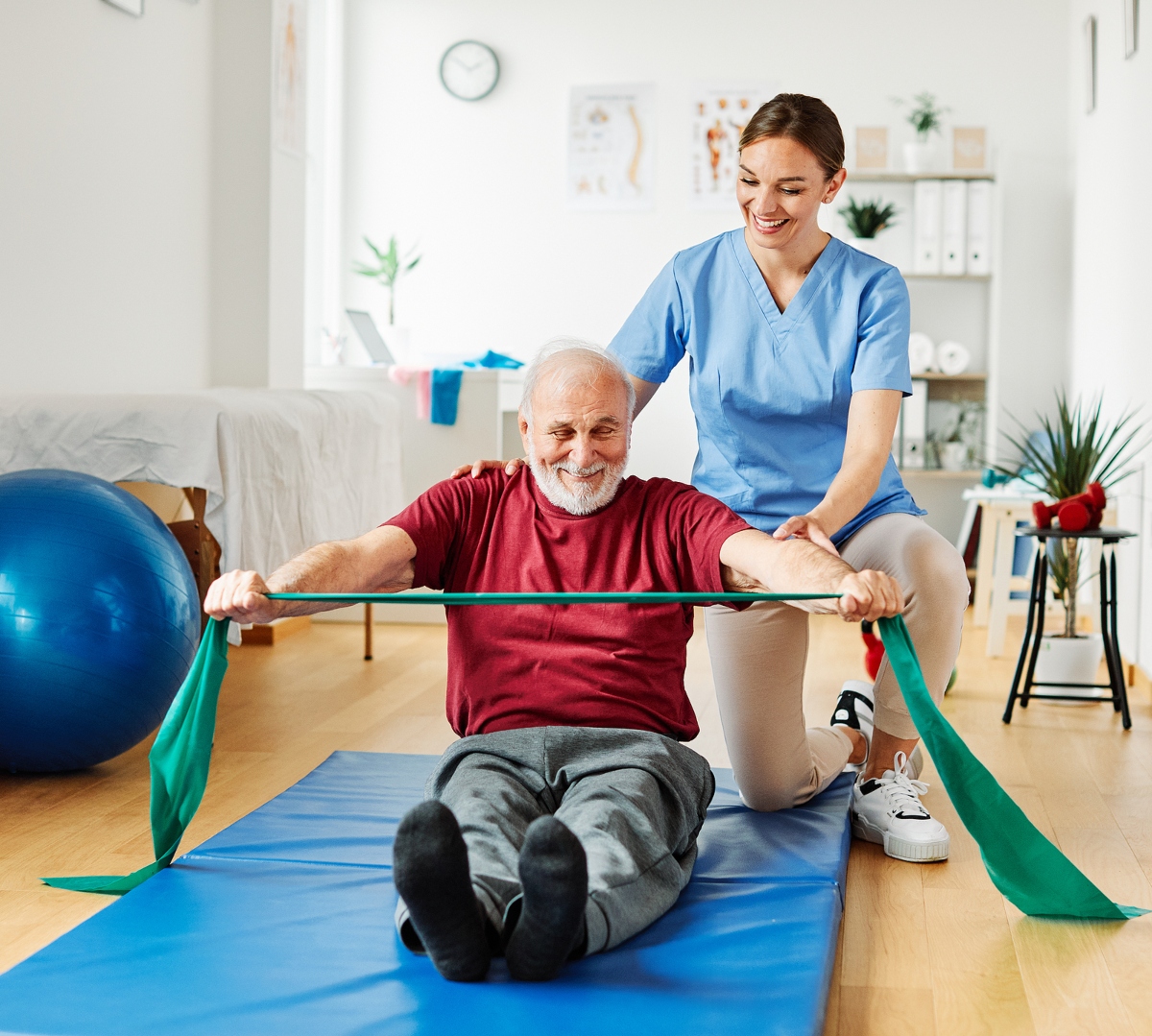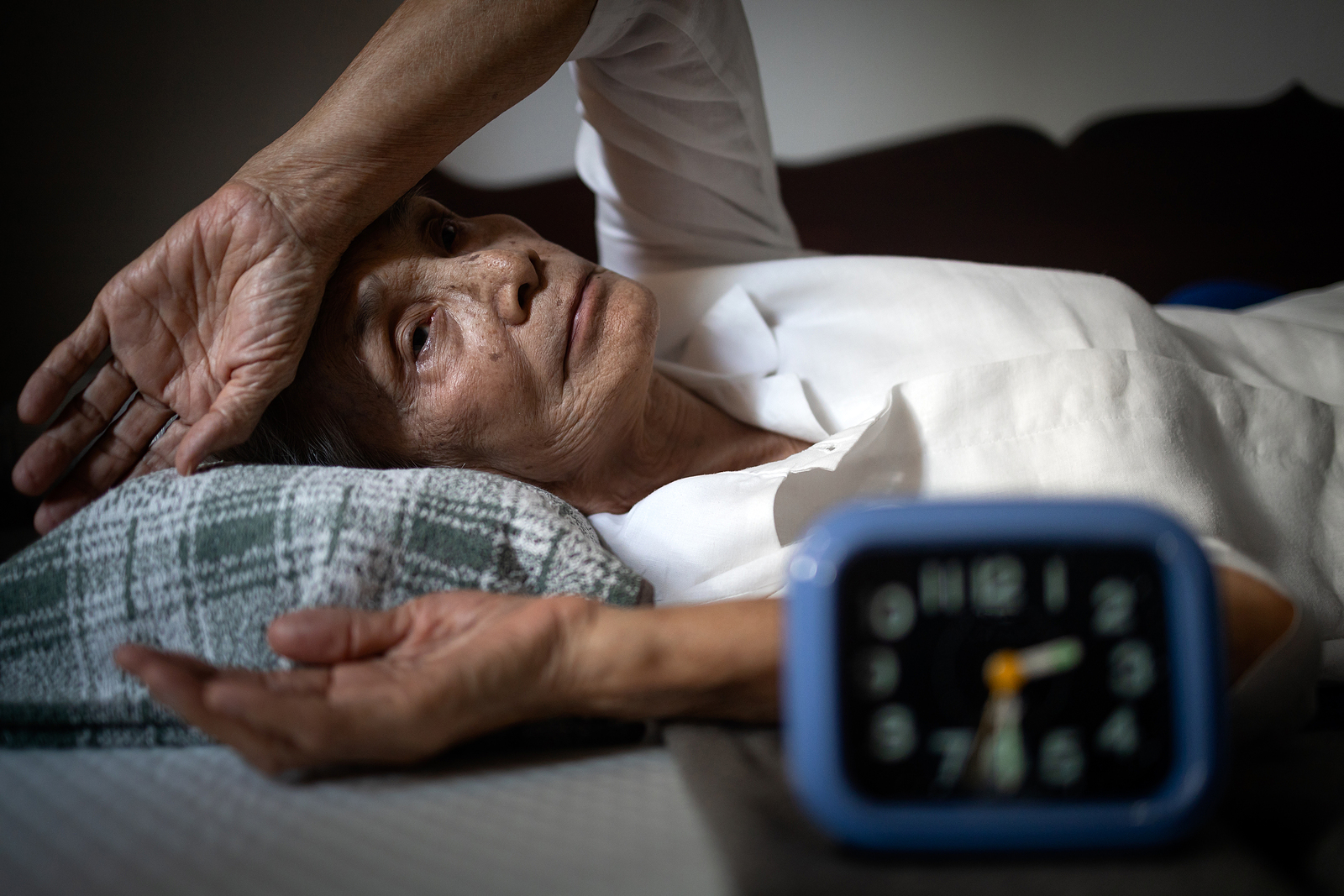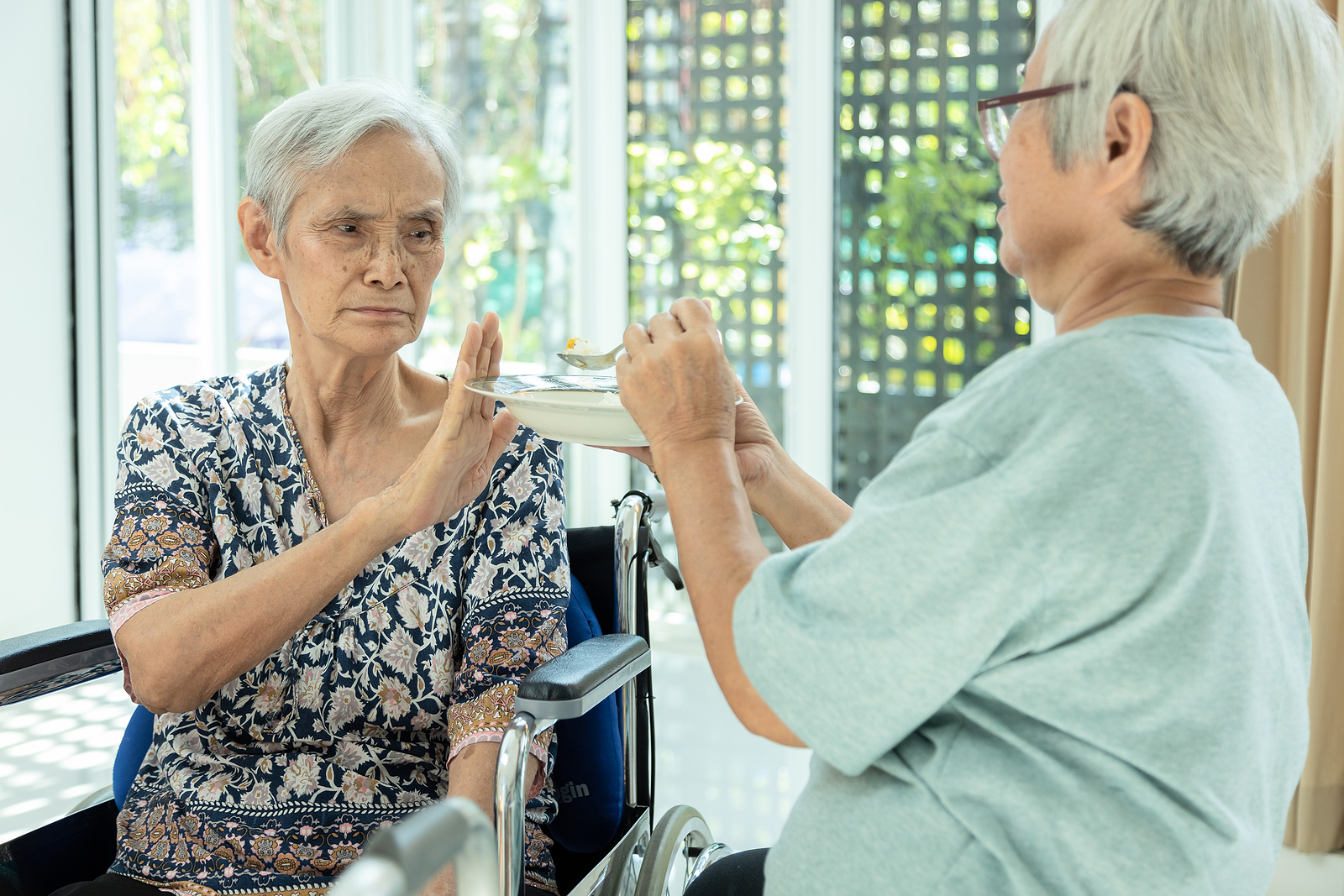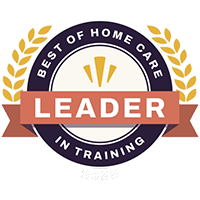When caring for a loved one with Alzheimer’s disease at home, it is essential to establish a secure environment and consistent daily routines. These elements work together to reduce confusion, prevent accidents, and maintain dignity while supporting the highest possible quality of life for those receiving Alzheimer’s care. Thankfully, trained caregivers can help family members with this, ensuring that seniors have everything they need to continue aging in place as the disease progresses.
Essential Safety Modifications
Safety becomes a priority as cognitive abilities decline and familiar surroundings no longer feel predictable. Because of this, it is important to have a caregiver trained in Alzheimer’s care walk through the home with family members. This assessment can offer recommendations regarding potentially dangerous items, such as sharp objects, toxic cleaning supplies, and medications. Caregivers may also suggest installing safety locks on cabinets containing hazardous materials and in areas that should remain off-limits.
Lighting also plays an important role in safety, as it helps prevent falls and reduces confusion. With this in mind, it is important to ensure all areas are well-lit, particularly stairways, hallways, and bathrooms. Additionally, removing throw rugs and other tripping hazards, as well as installing grab bars in bathrooms and along staircases, gives seniors the added confidence they need to continue living in their home despite their diagnosis.
Another component that helps ensure senior safety is technology. Modern technology, such as GPS tracking devices, provides peace of mind for families concerned about wandering, while medical alert systems ensure help remains accessible. Smart home devices can monitor daily activities and alert caregivers to unusual patterns or potential emergencies, creating an additional layer of security without feeling intrusive.
Establishing Effective Daily Routines
Consistency and structure provide comfort and security for seniors with Alzheimer’s disease. For instance, seniors can begin each day with a gentle, consistent wake-up routine that allows ample time for personal care activities, as rushing increases agitation and confusion. As part of this routine, caregivers can simplify choices by laying out clothes the night before. Additionally, they can encourage continued independence by providing assistance as needed rather than simply doing tasks for the senior.
Mealtime is another important routine to establish, as seniors receiving Alzheimer’s care react better when they know when to expect their next meal. Additionally, using the same plates, sitting in the same spot, and even listening to comforting music can all help set the stage. Caregivers can also plan meals around familiar foods and favorite dishes when possible, as these are more readily accepted.
Regardless of the routine, it is important to integrate effective communication strategies. Caregivers should speak slowly and clearly, using simple sentences and familiar words, as well as maintain eye contact and use gentle touch when appropriate to provide reassurance. It is also essential to pay attention to nonverbal cues and emotions behind the words, as seniors may struggle to express specific needs verbally.
For seniors receiving Alzheimer’s care, it is important to understand that both safety needs and routine preferences will evolve as the disease progresses. Trained caregivers can work with the seniors themselves and family members to assess changes and adapt recommendations as need be to ensure seniors continue to get the support they need.
Sources:
https://alzheimer.ca/en/help-support/im-caring-person-living-dementia/providing-day-day-care/setting-routines-reminders
https://www.alz.org/help-support/caregiving/daily-care/daily-care-plan
https://patient.uwhealth.org/healthfacts/5264
If you or an aging loved one are considering Alzheimer’s care in St. Louis Park, MN, and the surrounding areas, please contact the friendly staff at CareBuilders at Home Minnesota. Call today 612-260-2273.









